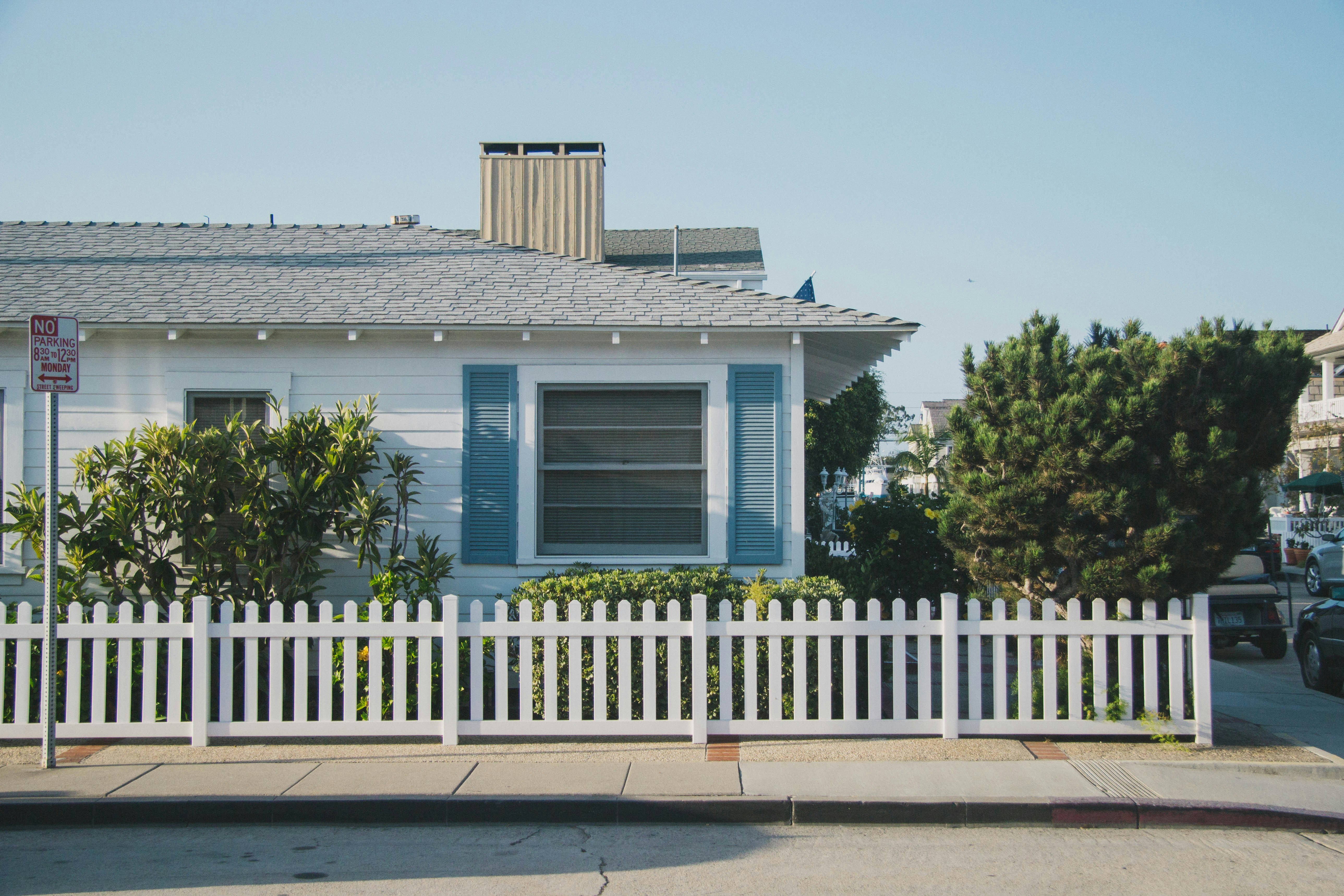Transforming Real Estate Prospects with Accessory Dwelling Units
Venturing into the realm of accessory dwelling units (ADUs) can open a fresh perspective on property utilization, investment, and transformation. From historical background to current market trends, this article helps you understand the potential implications of ADUs on your real estate lifespan, be it as a buyer, seller, or investor.

Historic Shifts in Accessory Dwelling Units
From a historical point of view, ADUs have been a part of the American housing landscape for centuries, albeit under different names such as granny flats, backyard cottages, or in-law suites. Yet, their popularity waned during the mid-20th century due to changing societal norms and urban renewal projects. Fast forward to the current era, and ADUs are making a significant comeback, driven by urban densification, changing demographics, and skyrocketing housing prices.
The Rising Popularity of ADUs: A Market Phenomenon
The increase in popularity of ADUs can be mainly attributed to their potential to add value. For homeowners, these secondary units can serve as a source of passive income, space for family members, or as an office or studio. For cities grappling with housing shortages, ADUs represent a practical solution to supplement the existing housing stock.
How ADUs Impact Buyers, Sellers, and Investors
As a buyer, purchasing a property with an ADU can prove an astute investment. The secondary income can help offset mortgage payments and potentially accelerate debt paydown. Sellers who invest in building an ADU can command a higher asking price due to the added value. For investors, properties with ADUs have promising income streams that can boost returns, making them an enticing prospect for those seeking higher yields.
Unpacking the Challenges of Accessory Dwelling Units
While ADUs present significant upsides, they do not come without their challenges. From a regulatory perspective, the legislation on ADUs varies from city to city, with some jurisdictions having strict regulations regarding design and placement. There may also be added costs related to construction, property taxes, and insurance to consider before delving into the ADU universe.
ADUs: The Next Frontier in Real Estate
ADUs are an incredibly flexible real estate strategy. They breathe a new life into property utilization, offering innovative spaces for different circumstances. As cities continue to encourage the growth of ADUs and with the changing dynamics of living and working, they are poised to become an integral part of the real estate landscape.
In conclusion, venturing into the ADU concept can help transform your approach towards property investments by unlocking untapped sources of income and expanding the utility and value of your property. The journey might be riddled with a few challenges, but the potential rewards can make this a worthwhile exploration in the ever-evolving domain of real estate.




